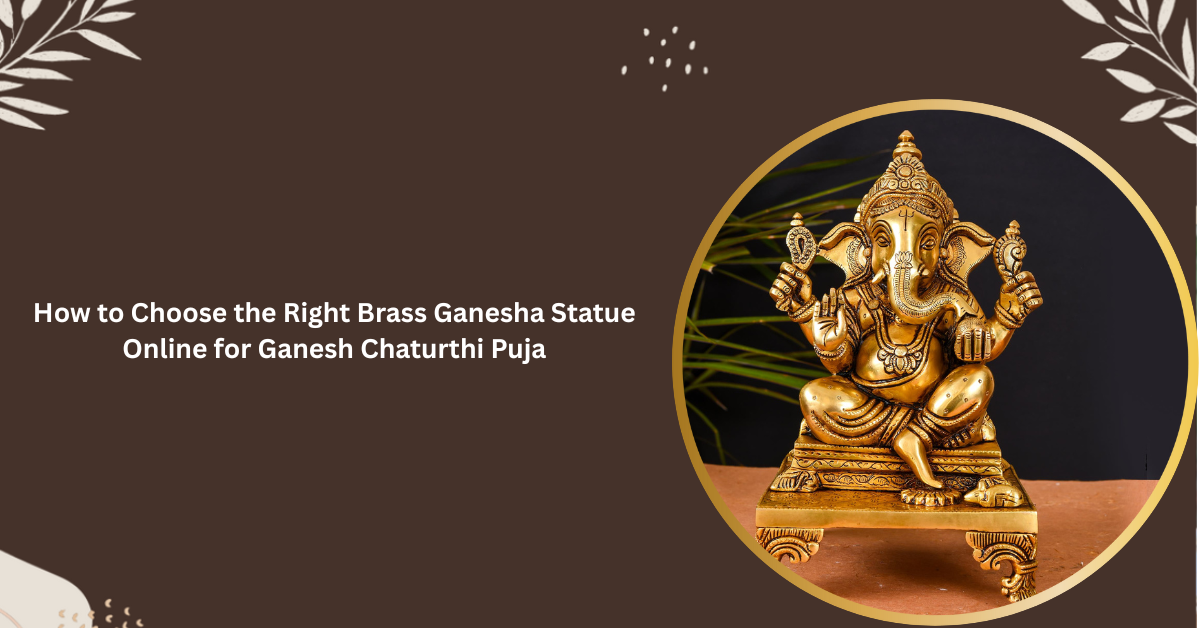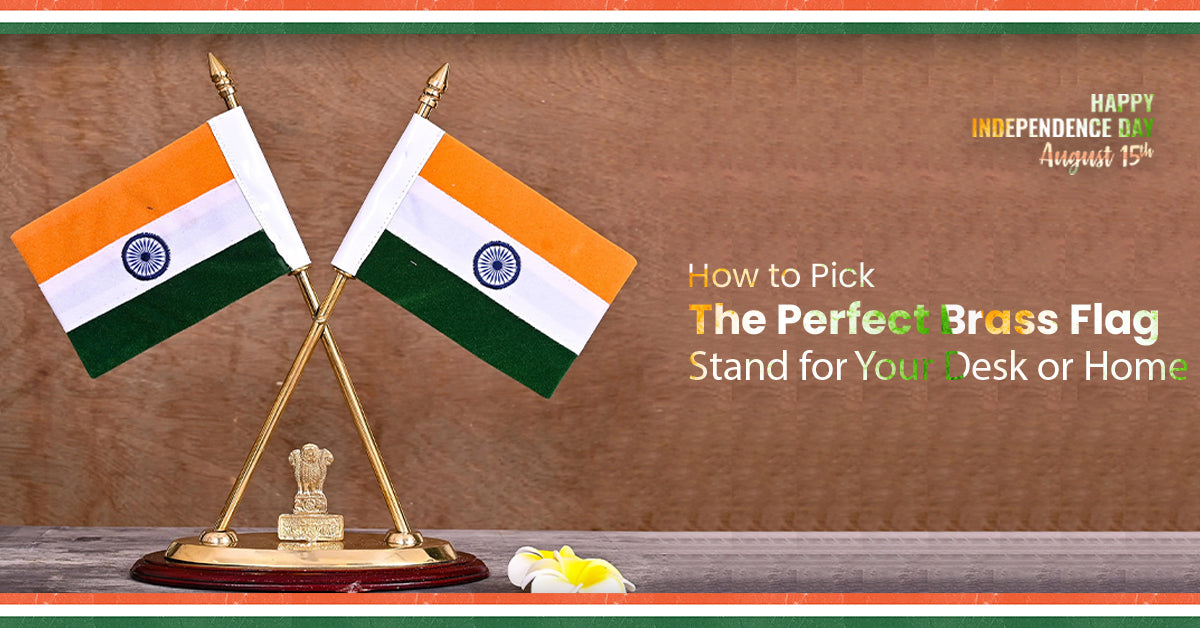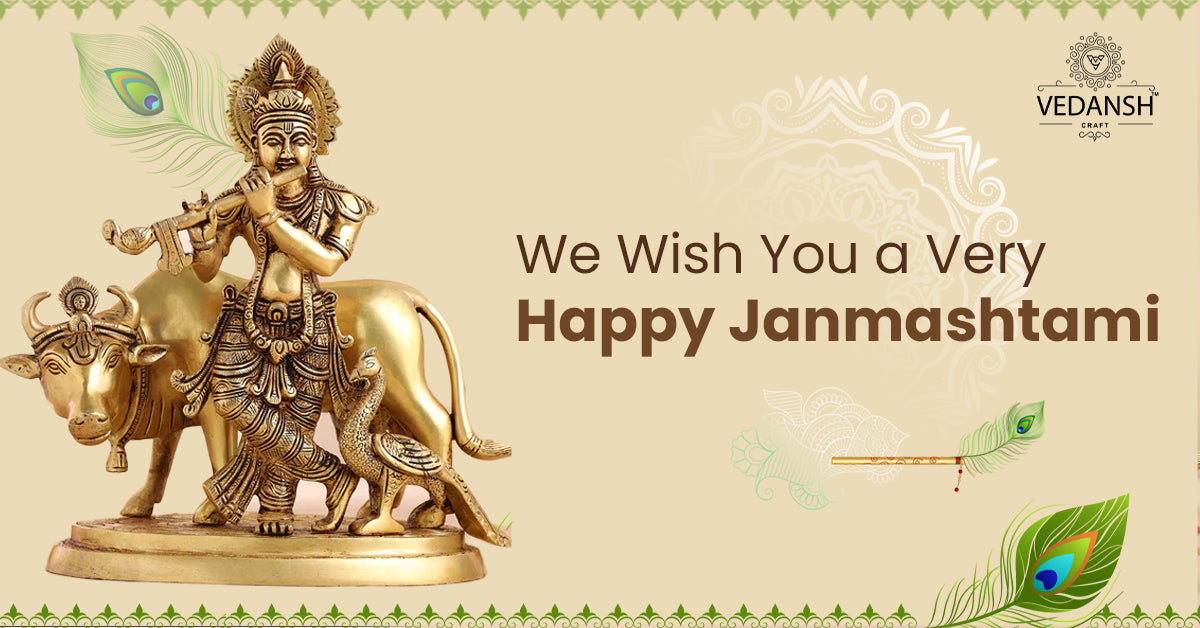

The Mystery 33 Crore? Cracking the Hindu God Code
, by javed techqart, 5 min reading time
Ever flipped through a TV and stumbled upon a channel filled with dazzling figures, each with their own story and powers? That's kind of like Hinduism! This religion is known for its many gods and goddesses, but the number you might hear – millions and millions – isn't the whole story. There is a deeper meaning behind all these divine characters.
In this article, we will take a fun ride through the world of Hindu deities. We will untangle the mystery of the numbers and discover how Hinduism views the divine as much more than a giant collection of gods. Get ready to be surprised!
The Misunderstood Millions
You might have come across 33 million or even 330 million when discussing Hindu gods. This vast number can be quite surprising. However, there are key details to understand. In Hinduism, the word "crore" is used, which translates to ten million. But here is the twist: "Crore" can also mean "type" in a religious context. This double meaning has led to some confusion.
So, instead of 330 million gods, the concept refers to 33 "types" of divine beings. These types represent different aspects of the divine, each with its own significance and area of influence.
The Vedas and the 33 Gods
The Vedas, ancient Hindu scriptures, do mention 33 deities. These are important gods and goddesses, but they are not the entirety of the divine in Hinduism. They represent various aspects of nature, creation, and existence. For instance, the god Indra is associated with thunder and rain. Saraswati represents knowledge and learning.
Beyond Numbers: The Concept of Brahman
One of the core beliefs in Hinduism is the concept of Brahman. The ultimate truth, Brahman is the everlasting, everywhere reality into which everything returns after emerging from it. It is the origin of all creation and the substance of all things.
Many Faces, One Divine
So, how do the multiple deities fit into the picture of one ultimate reality? This is where Hinduism's beauty is found. The numerous deities are believed to be incarnations or expressions of the same Brahman. Aspects of this heavenly source that they symbolize include creation, preservation, destruction, wisdom, love, and more.
Think of it like this: Imagine the sun. It is one source of light and heat. But that light can manifest in different ways – the warmth you feel on your skin, the bright colors you see, or the energy that helps plants grow. Similarly, Brahman is the one source, and the various deities are like the different ways its divine power manifests in the world.
Why So Many Deities?
Hindus are able to establish a meaningful connection with the divine via the presence of a multitude of deities. Every facet of life has a divinity, which provides direction and assistance for all needs. Individuals have the option to concentrate their devotion on a particular deity or goddess that corresponds with their individual convictions or circumstances.
Bringing the Divine Home: The Charm of Brass God Idols
Hinduism is also known for its beautiful tradition of worshipping gods and goddesses through statues called idols. These idols are often made of brass, a shiny metal that looks like gold. People keep these brass god idols in their homes in a special puja room. Here, they can pray, sing, and offer to the divine beings represented by the brass idols.
The variety of idols reflects the many gods and goddesses of Hinduism. For example, some people choose to have a brass Krishna idol, depicting the playful and beloved god. Students might have a brass Saraswati idol, honoring the goddess of knowledge and wisdom. Vishnu, the protector god, is another popular choice. For those seeking a powerful image, a dancing brass Nataraj idol showcases Shiva, the god of destruction and transformation.
Hindus use various brass items along with the brass idols during puja ceremonies. An essential item is the brass akhand diya, a special lamp that holds oil and keeps a flame burning continuously. The idols and offerings are arranged on an elevated platform known as the brass puja chowki. The start and finish of prayers are marked by ringing brass puja bells. The brass trishul, a trident with three points, is a symbol of heavenly might. These exquisite brass objects fulfill useful functions during prayer and lend an air of refinement to the puja area.
A Celebration of Diversity
Hinduism accepts diversity, which is shown in the wide variety of deities within the faith. To communicate with the divine, there is no one set method. The multiple forms allow individuals to find a path that speaks to their hearts.
In a literal sense, Hinduism does not contain millions of gods. The term "33 crore deities" alludes to several divine entities, each of which symbolizes a distinct side of Brahman, the one supreme truth. Hindus can have a profound and intimate connection to the almighty through these deities. Thus, keep in mind that Hinduism is a wonderful method to comprehend and experience the divine in all of its manifestations the next time you hear about the multitude of Hindu gods.
Tags
Blog posts






